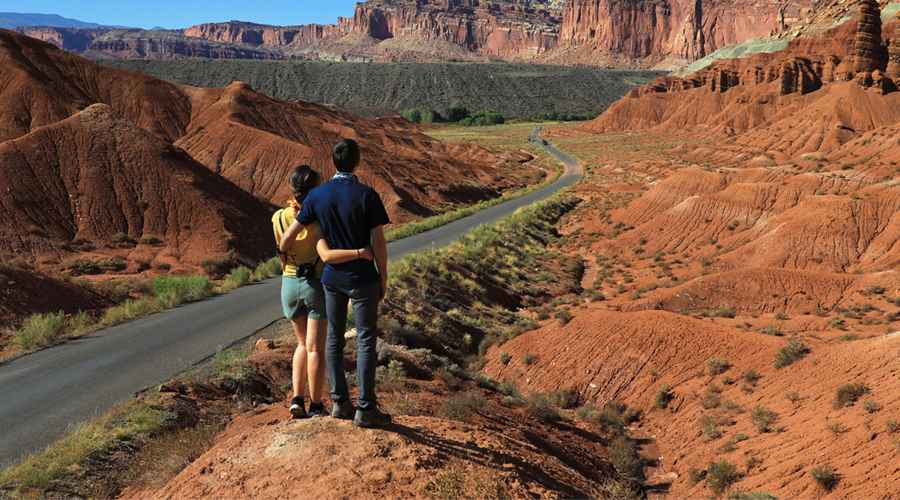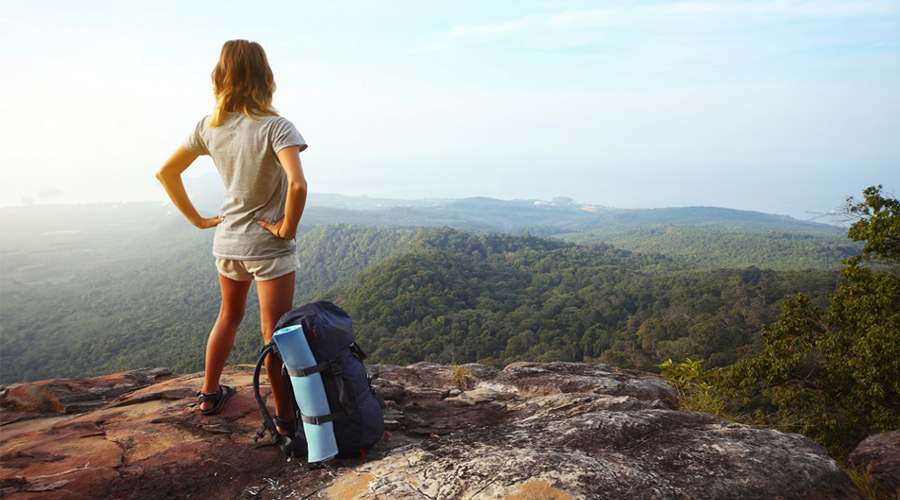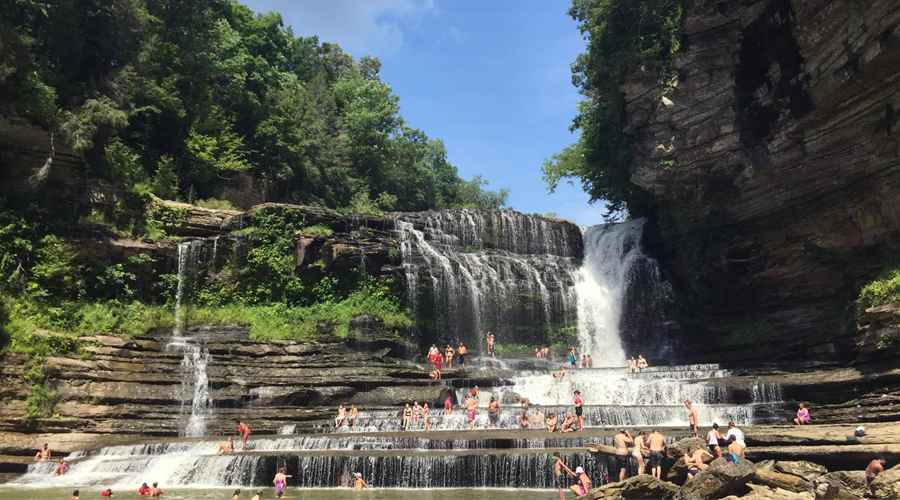When planning a trip to Wyoming, travelers often face a tough choice: Yellowstone National Park or Grand Teton National Park. These two neighboring parks sit side by side in the American West, and both offer stunning scenery, abundant wildlife, and world-class outdoor activities. Yet they are very different in character. Yellowstone is the world’s first national park, famous for its geysers and geothermal wonders. Grand Teton, on the other hand, is known for its jagged peaks and serene mountain landscapes. So, which is better? The answer depends largely on what you’re seeking in your adventure.
Yellowstone National Park: Land of Fire and Water
Yellowstone, established in 1872, holds the distinction of being the first national park in the world. It covers an enormous area of over 2.2 million acres, spanning three states—Wyoming, Montana, and Idaho. Its size and geological diversity make it unlike any other park.
What Makes Yellowstone Special
- Geothermal Features: Yellowstone sits atop a volcanic hotspot. The park is home to more than half of the world’s geysers, including the iconic Old Faithful, which erupts regularly. Colorful hot springs like Grand Prismatic Spring dazzle visitors with their surreal rainbow hues. Mud pots, fumaroles, and bubbling pools create a landscape that feels almost otherworldly.
- Wildlife: The park is one of the best places in North America to see large mammals. Bison herds roam the valleys, grizzly and black bears forage through meadows, wolves hunt in packs, and elk migrate seasonally. It’s not uncommon to encounter wildlife along the roadsides, making Yellowstone feel like a living safari.
- Diverse Landscapes: From the deep canyon walls of the Yellowstone River to vast forests, waterfalls, and mountain plateaus, the scenery changes dramatically as you explore.
Who Should Choose Yellowstone?
Yellowstone is perfect for travelers fascinated by geology, science, and wildlife. Families love its variety of easily accessible attractions, while photographers and nature enthusiasts find endless subjects to capture. However, the park can feel crowded, especially in summer, and its sheer size means long drives between attractions.
Grand Teton National Park: Peaks and Serenity
Just south of Yellowstone lies Grand Teton National Park, a smaller but equally breathtaking destination. Covering about 310,000 acres, it is defined by the sharp granite peaks of the Teton Range, which rise dramatically from the valley floor without any foothills to soften the view.
What Makes Grand Teton Special
- The Mountains: The Tetons are some of the most photographed mountains in the world. The Grand Teton, at 13,775 feet, dominates the skyline. Unlike Yellowstone’s volcanic landscape, this park is about pure alpine beauty—craggy mountains, reflective lakes, and endless skies.
- Outdoor Recreation: Grand Teton is a hiker’s paradise, with over 200 miles of trails ranging from short lake strolls to strenuous alpine climbs. Climbers from around the globe come to attempt the Grand Teton. The Snake River offers rafting and kayaking, while lakes like Jenny Lake and Jackson Lake are ideal for boating and fishing.
- Wildlife: While smaller than Yellowstone, Grand Teton still hosts moose, elk, bison, bears, and bald eagles. The valley floor, known as Jackson Hole, is especially good for spotting wildlife against the dramatic backdrop of the mountains.
Who Should Choose Grand Teton?
Grand Teton appeals to travelers seeking outdoor adventure, hiking, or photography in a less crowded environment. It’s also better for shorter trips since its attractions are closer together and easier to explore in a few days.
Comparing the Two Parks
So which is better—Yellowstone or Grand Teton? Let’s compare them in key categories:
- Scenery: Grand Teton wins for dramatic mountain landscapes, while Yellowstone shines with its geothermal wonders and diverse terrain.
- Wildlife: Yellowstone has larger numbers and more variety, but Grand Teton offers equally exciting sightings with fewer crowds.
- Activities: For geology and sightseeing, Yellowstone is unmatched. For hiking, climbing, and water sports, Grand Teton takes the lead.
- Crowds: Yellowstone is busier, especially near Old Faithful and popular geyser basins. Grand Teton feels quieter and more tranquil.
- Accessibility: Yellowstone requires more driving due to its vast size, while Grand Teton’s highlights are closer together, making it easier to explore in a limited time.
The Best of Both Worlds
The good news is that you don’t really have to choose one or the other. Many visitors combine the two parks into a single trip, since they sit side by side and share the same gateway town, Jackson, Wyoming. A weeklong trip can allow several days in Yellowstone to explore its geothermal features and wildlife, followed by a few days in Grand Teton to hike, relax by the lakes, and soak in the mountain views.
This combination gives travelers the ultimate Western experience—Yellowstone’s raw geothermal power and Grand Teton’s alpine majesty. Together, they form the Greater Yellowstone Ecosystem, one of the most intact natural systems on the planet.
Final Verdict
If your heart is set on geysers, waterfalls, and vast herds of wildlife, Yellowstone is the better choice. If you crave jagged peaks, peaceful lakes, and rewarding hikes, Grand Teton may be your ideal park. In truth, neither park is “better” than the other—they simply offer different kinds of beauty and adventure.
For first-time visitors, Yellowstone often tops the list because of its fame and sheer variety. Yet those who value solitude, mountain scenery, and active recreation may find Grand Teton even more rewarding. The ultimate answer might be: visit both, because together they create one of the most extraordinary natural landscapes on Earth.




